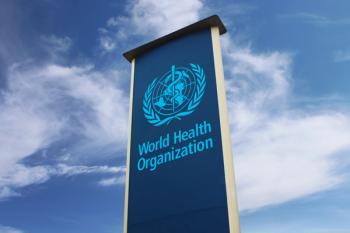
A Novel Diagnostic Marker for Early Detection of Lung Cancer
DNA repair is a prime mechanism for preventing DNA damage, mutation, and cancers. Adopting a functional approach, we examined the association with lung cancer risk of an integrated DNA repair score, measured by a panel of three enzymatic DNA repair activities in peripheral blood mononuclear cells.
DNA repair is a prime mechanism for preventing DNA damage, mutation, and cancers. Adopting a functional approach, researchers examined the association with lung cancer risk of an integrated DNA repair score, measured by a panel of three enzymatic DNA repair activities in peripheral blood mononuclear cells. The panel included assays for AP endonuclease 1 (APE1), 8-oxoguanine DNA glycosylase (OGG1), and methylpurine DNA glycosylase (MPG), all of which repair oxidative DNA damage as part of the base excision repair pathways.
A blinded population-based case—control study was conducted with 96 patients with lung cancer and 96 control subjects matched by gender, age (±1 year), place of residence, and ethnic group (Jews/non-Jews). The three DNA repair activities were measured, and an integrated DNA repair OMA (
GG1,
PG, and
PE1) score was calculated for each individual. Conditional logistic regression analysis revealed that individuals in the lowest tertile of the integrated DNA repair OMA score had an increased risk of lung cancer compared with the highest tertile, with OR = 9.7; 95% confidence interval (CI), 3.1—29.8;
< 0.001, or OR = 5.6; 95% CI, 2.1—15.1;
< 0.001 after cross-validation.
These results suggest that pending validation, this DNA repair panel of risk factors may be useful for lung cancer risk assessment, assisting prevention and referral to early detection by technologies such as low-dose computed tomography scanning.
Read the published results here:
Source: Cancer Prevention Research
Newsletter
Stay ahead of policy, cost, and value—subscribe to AJMC for expert insights at the intersection of clinical care and health economics.













































